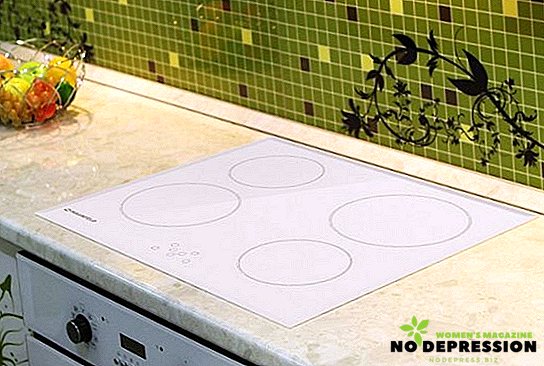Most varieties of cultivated orchids were brought from the tropics of Asia, USA, Australia. In tropical conditions there are frequent torrential rains, they deliver water to the culture. These flowers love moisture, but they do not grow in the ground, but on rocks and tree branches, because of this, their watering is different from the watering of other indoor crops.
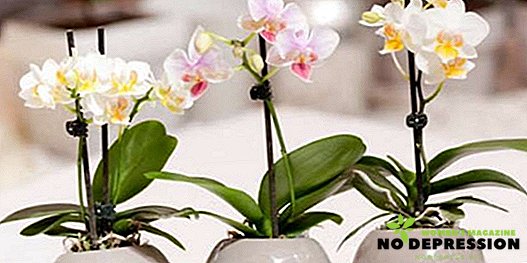
Water quality for watering orchids
It is advised to use soft and clean water. Therefore, all impurities harmful to the orchid are removed from the water.
To do this, just boil water, with:
- chlorine disappears;
- Salts that form a white coating on the ground when watered precipitate;
- microflora is eliminated;
- the amount of iron compounds decreases.
If you try to freeze the water and then thaw it out, then you will not have such an effect of water purification as during boiling.
But you can filter the water using household filters. In such water there are so few mineral elements that it will not affect the orchids, all harmful impurities will be removed by the filters.
If you can not boil or filter the water, then it can be acidified by sprinkling a little bit of oxalic acid or passing through high peat. Here it is important that the water does not become too acidic.
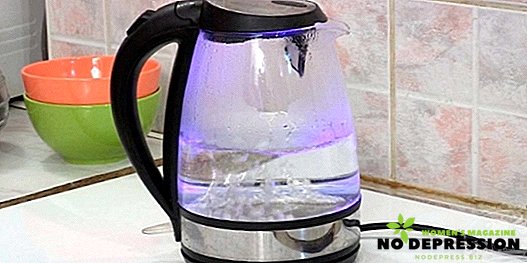
Also heat water to room temperature. Watering Phalaenopsis requires water, the temperature of which is + 30-35 ° C.
How often to water the orchid at home
Water depending on:
- on the season;
- from growth stage;
- temperature and humidity;
- from the chosen method of planting flowers and applied soil.
When the inflorescence grows, it moistens the soil and the plant more often. And when flowering and reducing the colored zone at the ends of the root system, reduce the number of irrigations by 2 times. The soil is required to dry out between two waterings.
Do not water the crop if condensation is visible between the substrate and the root system is wet. You can also determine that the flower needs to be watered, you can by weight of the tank. An orchid with a dried substrate is easier than a plant with a wet substrate.
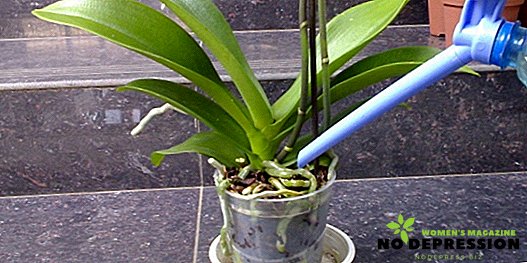
How to water the orchid in the apartment: all the ways
A large amount of moisture can accumulate in the roots, foliage and pseudobulbs, because of this, orchids calmly tolerate gaps in their waterings.
Excess moisture, and even more so its stagnation in the tank will lead to the appearance of rot on the root system and then the culture will die.
If the temperature of the room in which the culture is located does not change much, if the direct rays of the sun do not fall on the orchid, then water the plant at any time that suits you.
If the air temperature at night is much lower than during the day, then water it in the morning. Then during the day the substrate dries a little, and by the night the plant will feel great. There are 3 ways of watering orchids.
Immersion of the flower in the water
The culture container is placed in a basin with plenty of warm water so that the edge of the container is slightly above the water level, and the leaves and sprouts are not soaked. The time it takes for a container to get into some water depends on the orchid variety, on the size of the trunk and the season.
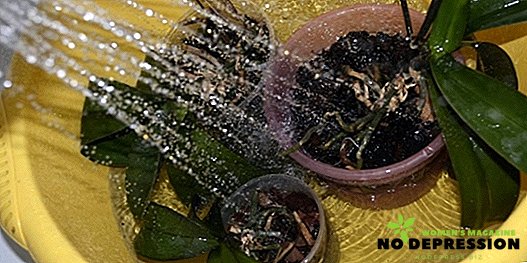
Put the culture container in water for 5-10 minutes for the first time after purchase. Next, remove the tank, waiting for the excess water to drain, if necessary, repeat watering. Then you want to see that the substrate was not excessive moisture.
Spraying roots
If a flower is grown without soil, then its roots are sprayed from a spray bottle with distilled soft and warm clear water.
Watering from watering can
Pour some water so that it is evenly distributed over the substrate and the roots, but does not accumulate in the outlet. Watered until moisture begins to flow out of the holes made in the tank. Wait until the water drains, and after a short time, watered again.
Then wipe the leaves, axillary buds, the center of the outlet with napkins, cotton buds or cotton wool disks.
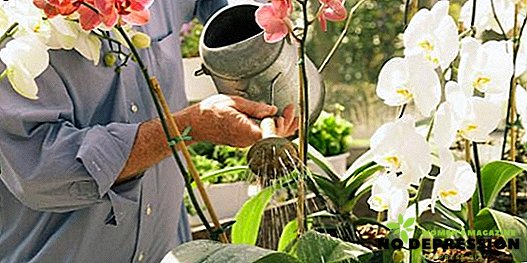
How to water the orchid during flowering
Consider the place of planting culture.
If the shrub grows in a plastic or glass container, then carefully pour the substrate, then wait for the excess moisture to drain. The required water will remain, and the excess will drain with salts.
Flowers planted on tree branches or on a piece of bark should be soaked in water. Place the culture in water so that the flowers rise above the surface. Place culture in water for a quarter of an hour.
If the orchid grows hanging, and its roots just hang in the air, then remove it and dip the roots in a bowl of warm water. Dip an orchid in water for a quarter of an hour. At the end, remove from the water, shake off excess water and re-hang.
How to water a flower after transplanting
In this case, by all means water the orchid by dipping the plant for half an hour in a basin in which warm water is poured. You can pour into the water a bit of trace elements, they will help the orchid to recover from stress. But if you do not water the orchid after transplantation, then it can start to dry, it can get sick, it can die.
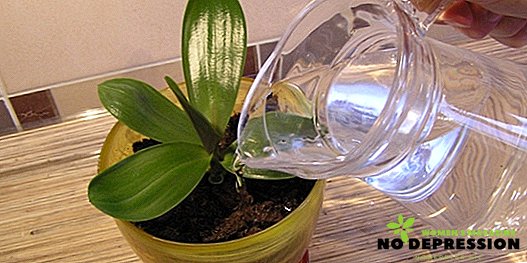
But remember that the culture does not tolerate stagnant moisture, while the root system of the plant begins to rot. Then the heart will rot, and after foliage. It is recommended from time to time to consider the roots of the flower. Therefore, plant a plant in a transparent pot.
Before watering the flower after transplanting, you need to be sure of the dryness of the soil. Repeatedly watered the orchid when the substrate is completely dry.
How many times to water an orchid in the winter?
In the summer, the culture is watered twice a week, and in the winter once every 1.5 weeks. And some varieties of orchids do not water in winter.
After immersing a flower in a basin with water, be sure to allow excess water to drain. Otherwise, if you immediately put the orchid on a cold window-sill, the water will cool and cool the root system. As a result, the orchid can get sick.
You can also insulate the place where the flower stands on the foam. After watering the plant, put the container on the foam. Then the moisture in the substrate dries more quickly.
You can still put pots with a high bottom, then the excess moisture will flow into it.
Those varieties of plants that do not sleep in the winter, put from time to time under a warm shower. After that, let the culture stand for some time in the bathroom, so that the moisture is absorbed into the soil, and the excess glass. Better to do it in the evening. Then at night the plant will dry out, and the moisture will not accumulate at the points of leaf growth and on the foliage.
Spray in the winter flower is not advised.
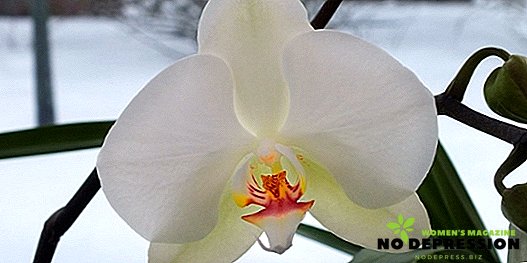
How to water Phalaenopsis at home
It is impossible that when watering in the core between the foliage moisture gets. Otherwise the flower will start to rot. If the plant is in bright light, then watering will cause orchid burns, as the water begins to evaporate very quickly.
Also, when flowering is not worth watering the flowers, as this will destroy them. When the orchid does not bloom, it can be put under a shower with a temperature of up to +52 ° C. It mimics the conditions in which the flower grows in nature.
The higher the temperature of the air in the room, the more often you should water the flower. But there must be drainage holes in the tank so that excess moisture flows through them. Otherwise in the middle of the pot will accumulate excessive moisture, this can lead to the death of orchids.
How not to fill the orchid?
Water the orchid, after a week look at the root system in the container - if it is wet, then do not water it. If the rhizomes are green and the surface is slightly white, then water the flower.
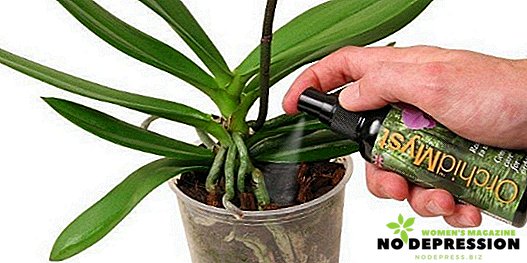
Flowers in plastic containers are watered more often because the substrate dries out faster due to ventilation. They are watered, dipping into a basin with water, waiting until water gets into the substrate or such plants are watered under a warm shower for 5-10 minutes.
Plants that are placed in glass pots are watered exclusively under the shower, and then they wait until the moisture spills out. No need to water the orchid daily.
In what cases limit watering
If you still flooded the flower, then pull it out of the tank, flush the root system under running water, cut off the rotten roots. Then sprinkle with powdered cinnamon or activated charcoal. Leave the plant to air dry for a day. You can put the plant in a cup so that it does not break. Place the orchid in an open and bright place.
You can not spray the plant up to 2-3 days, it depends on the humidity. Then transplant the flower in a new substrate. Do not water the orchid immediately after purchase. This is done in 2 weeks.
You can not water the orchid, if the substrate in which the plant is, is still wet.
Thus, it is required to follow the flower all the time, its roots, the substrate. Water only when the substrate is completely dry, and the roots become greenish. In the summer, the orchid is watered twice a week, and in the winter every 10 days.
After irrigation, be sure to let the excess water flow away. Do not rely on the fact that the top layer of the substrate is dried, look to the substrate is completely dry.
For more information on how to water the orchid, see the following video.








